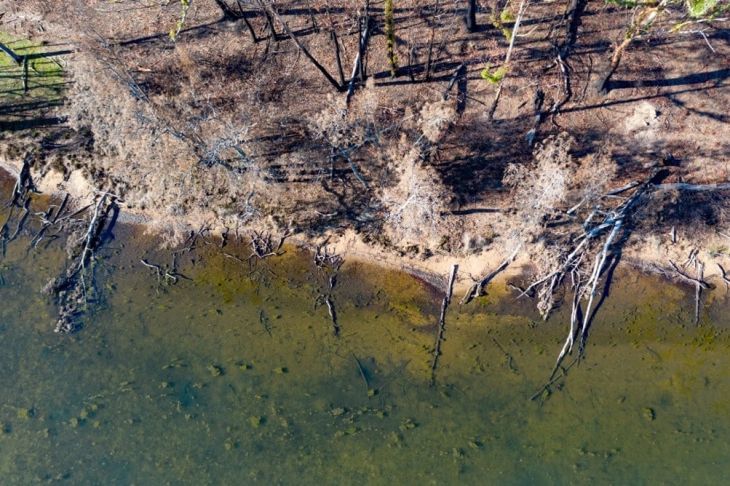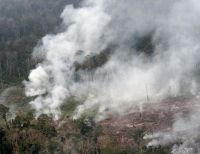Sydney researchers have explored the impact of bushfires on estuaries in New South Wales, finding fires can increase the load of fire-derived pollutants with potentially profound environmental effects.
Estuaries (where the river meets the sea) are some of the most valuable habitats on earth. As well as being biologically diverse and productive places, they are where ports are located, and a significant portion of the world’s population is concentrated.
Published today in the journal Environmental Pollution, the researchers say their findings prompt a call for riverside vegetation to be prioritised for protection in fire management plans, and for bushfires to be considered in catchment management plans. These plans are developed to protect the environment and regulate resources, such as fish and water, from the whole catchment area (from tributaries to estuaries).
Unlike regular bushfires, megafires such as those that occurred during Australia’s 2019-2020 ‘Black Summer’, can surround estuaries.
Following the Black Summer fires, the research team measured a rapid increase in the concentration of nutrients, metals and pyrogenic carbon (carbon formed by fires) in nearshore areas that could affect the behaviour, survival and reproduction of estuarine species.
“In some catchments, more than 90 percent of the vegetation was burnt, and the fire went right down to the waters edge, leading to a massive amount of pollution in the form of sediment, metals and nutrients entering our waterways,” said senior author Professor Emma Johnston, a marine ecosystems expert and the Deputy Vice-Chancellor (Research) at the University of Sydney.
The researchers found that the material from the Black Summer fires contained traces of metals including copper and zinc, and nutrients such as nitrogen and phosphorus that sunk onto estuarine sediments.
“If there is consistent flushing of the estuary then these trace elements will prime them for productivity. However, if water flow is low and flushing is minimal, they can cause microalgae to breed exponentially, leading to plankton blooms that deplete oxygen supplies and kill fish, with a domino effect on the entire ecosystem,” said Professor Johnston.







